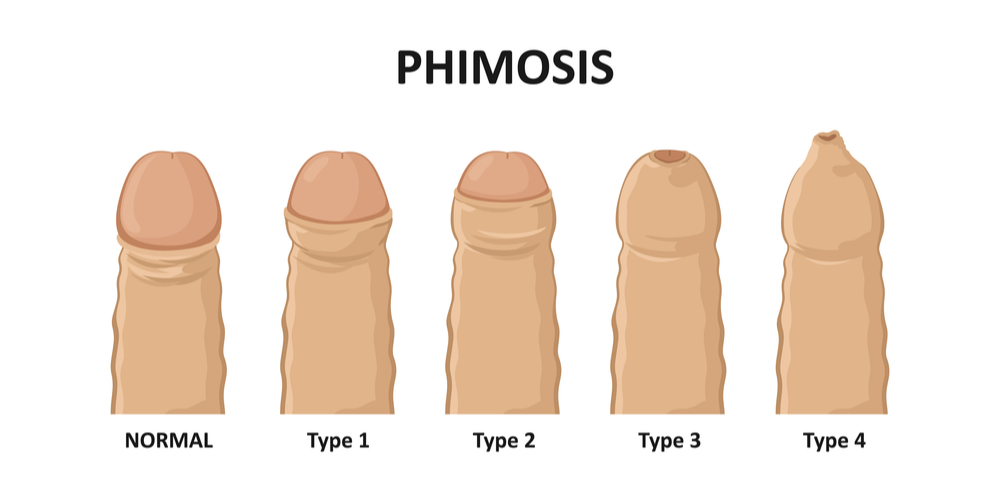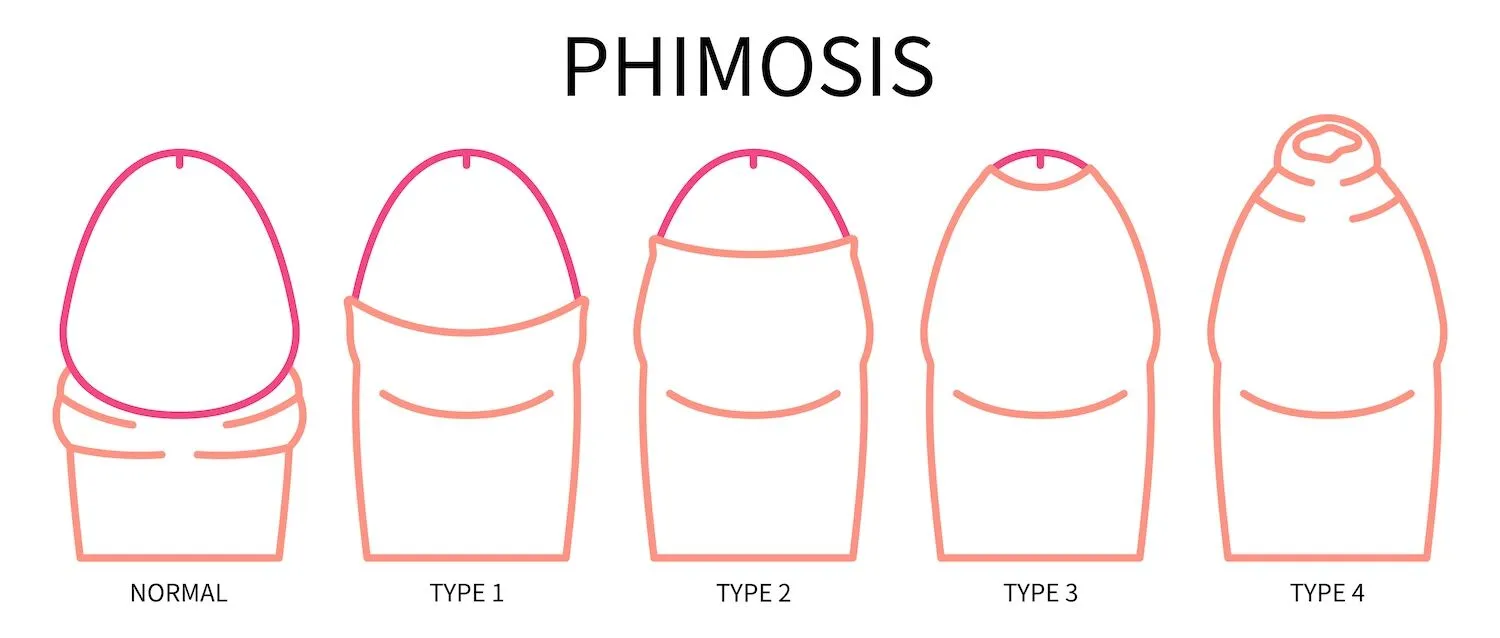What is Phimosis?
Phimosis is a medical condition where the foreskin of the penis cannot be fully retracted over the glans (head) of the penis. It is common in infants and young children but may persist into adulthood. While it is normal in very young boys, persistent or symptomatic phimosis in teens or adults may require medical attention.
Phimosis can be classified into two types:
Physiological Phimosis: A natural condition in infants that usually resolves over time without treatment.
Pathological Phimosis: Occurs due to scarring, infection, or inflammation and often requires medical intervention.


Symptoms of Phimosis
The symptoms of phimosis vary depending on severity but may include:
- Difficulty in retracting the foreskin
- Pain during urination or sexual intercourse
- Swelling or redness around the foreskin
- Ballooning of the foreskin during urination
- Recurrent infections like balanitis (inflammation of the glans)
- Poor hygiene due to inability to clean under the foreskin
If untreated, severe phimosis can lead to complications like urinary retention, infections, or even paraphimosis (a urological emergency).
Phimosis Treatment & Procedures
Treatment for phimosis depends on age, severity, and symptoms. Here are the common treatment options:
1. Conservative Treatments
Topical Steroid Creams: Application of corticosteroid creams can help soften and stretch the foreskin. This is often the first line of treatment for mild cases.
Gentle Retraction Exercises: Under medical guidance, gradual and consistent stretching of the foreskin may improve the condition.
2. Surgical Treatments
Circumcision: A surgical procedure that involves complete removal of the foreskin. It is a permanent and highly effective solution.
Preputioplasty: A foreskin-preserving procedure where small incisions are made to widen the tight foreskin.
Dorsal Slit: A less common technique where a longitudinal incision is made on the foreskin to relieve tightness, usually in emergency cases.
Partial Circumcision: Involves partial removal of the foreskin to allow free retraction without complete removal.
Types of Phimosis
- Physiological Phimosis – Naturally occurring and self-resolving.
- Pathological Phimosis – Due to infection, scarring, or inflammation.
- Congenital Phimosis – Present from birth and doesn’t resolve with age.
- Acquired Phimosis – Develops later in life, often due to conditions like balanitis or lichen sclerosus.
Prevention of Phimosis
While not all cases can be prevented, the following practices may help reduce the risk:
- Maintain proper hygiene under the foreskin
- Avoid forceful retraction, especially in children
- Treat infections or inflammation promptly
- Use protection during sexual activity to prevent infections
- Manage chronic conditions like diabetes that can predispose to infections
Benefits of Early Treatment
- Relief from pain and discomfort
- Improved urinary flow and hygiene
- Reduced risk of infections and complications
- Enhanced sexual health and function
- Prevention of serious issues like paraphimosis or scarring
